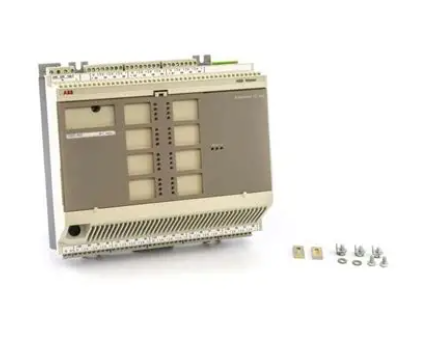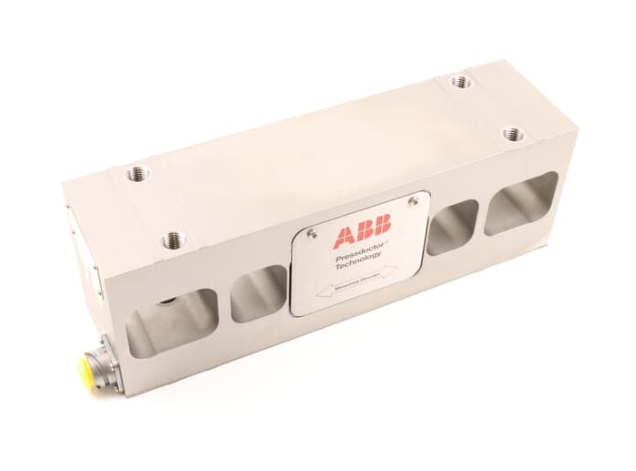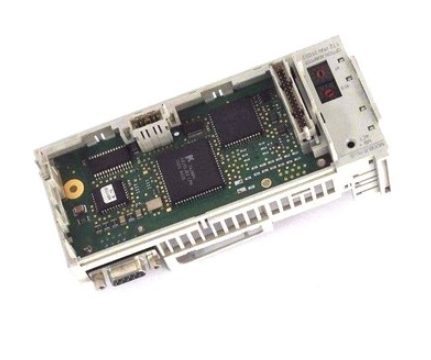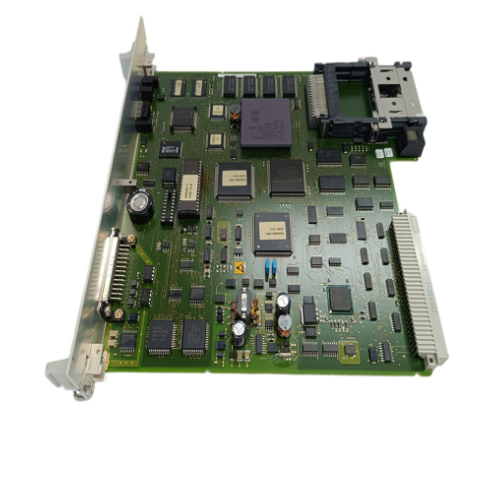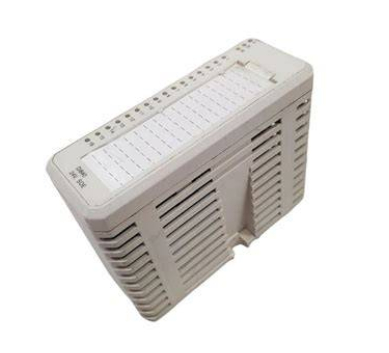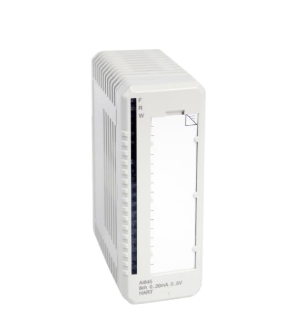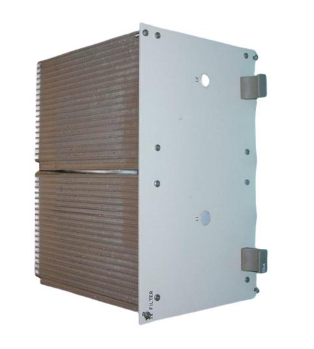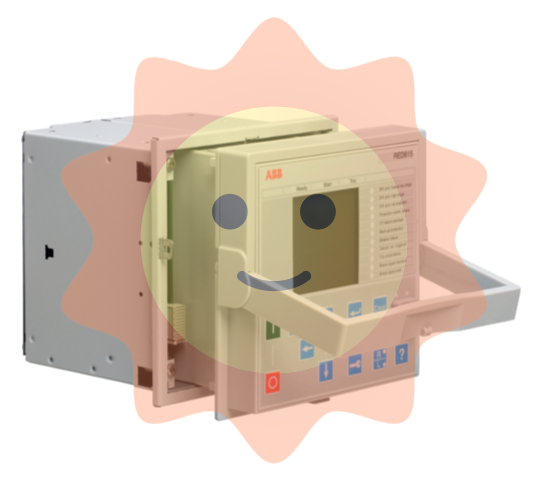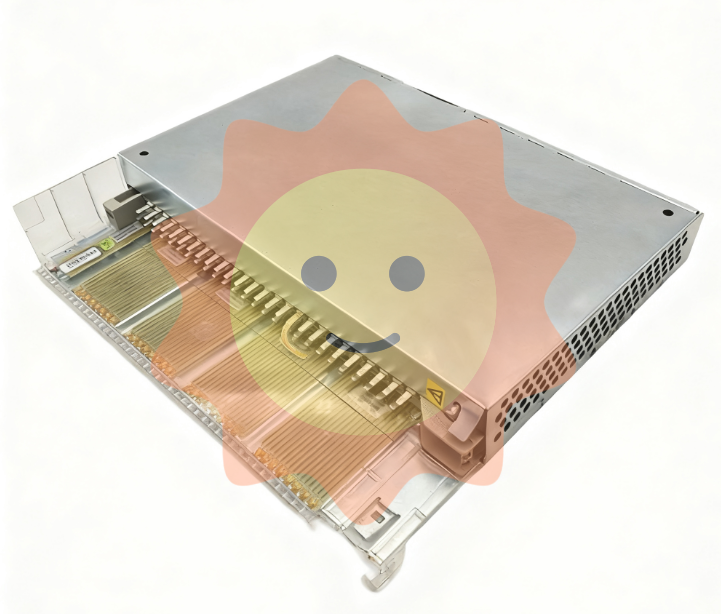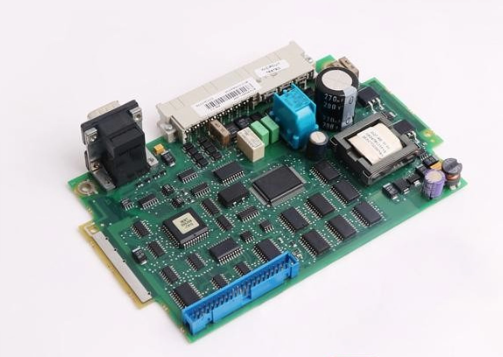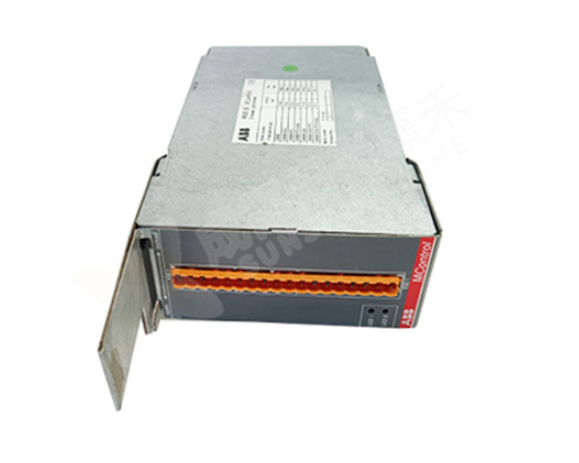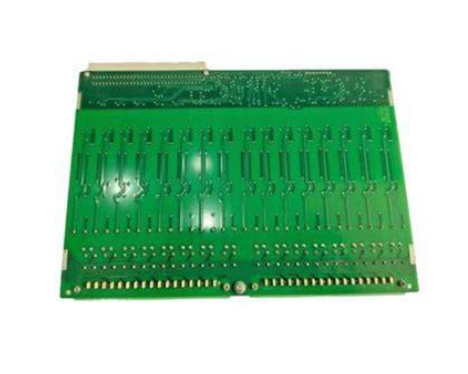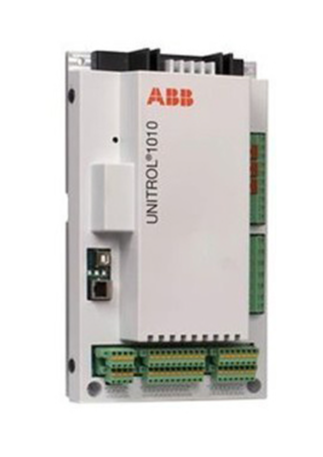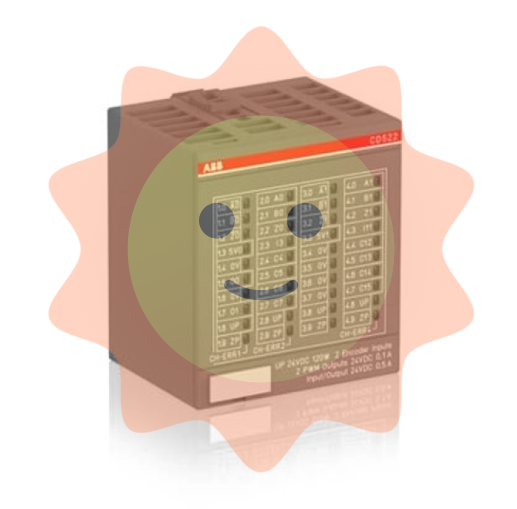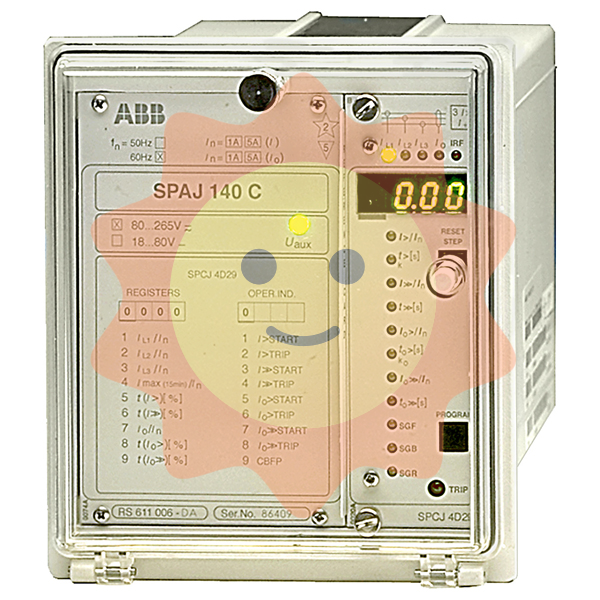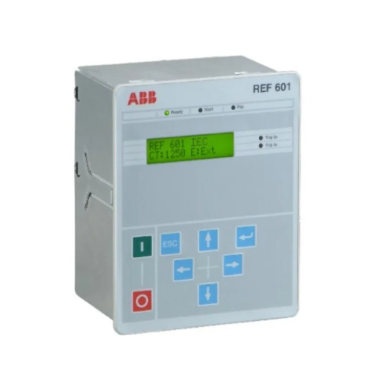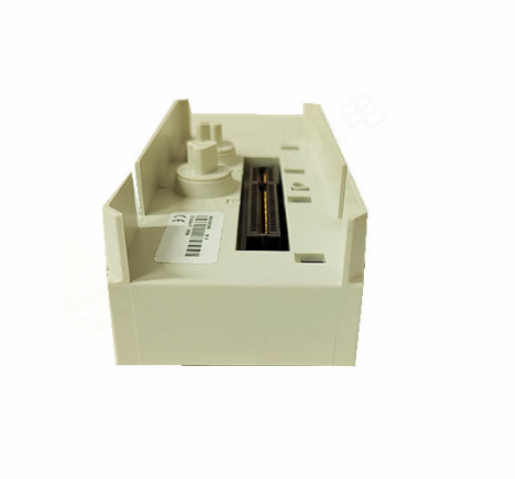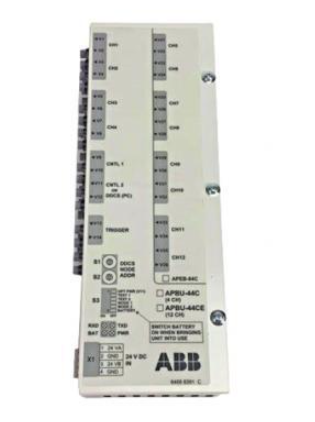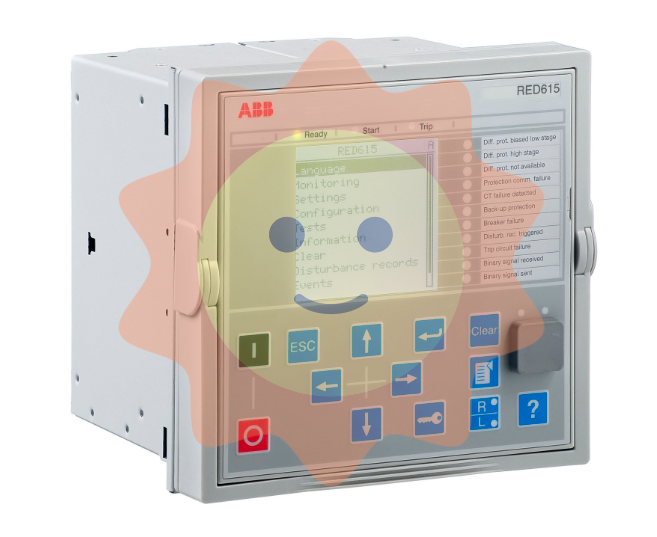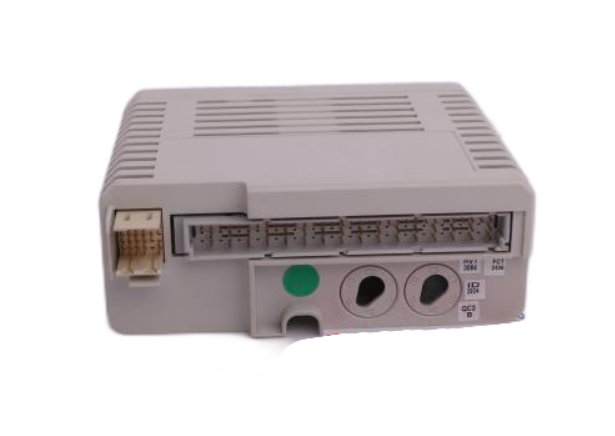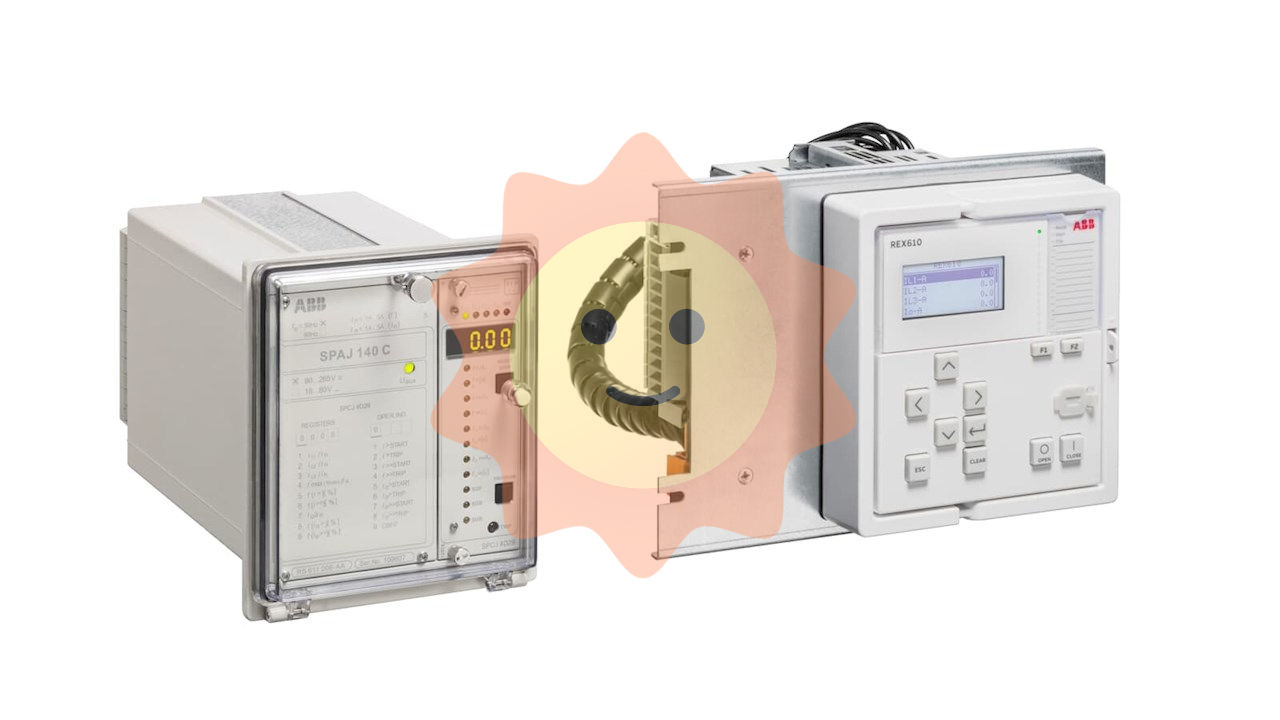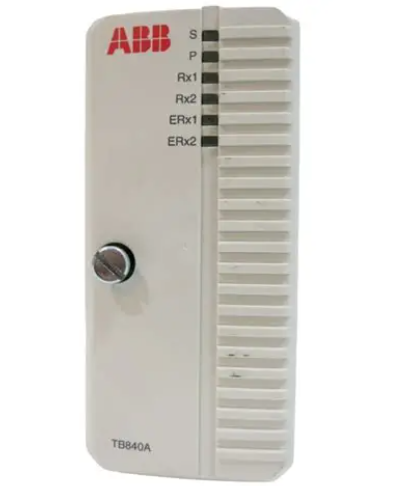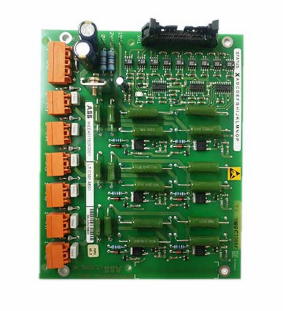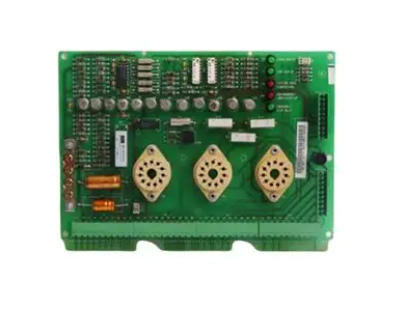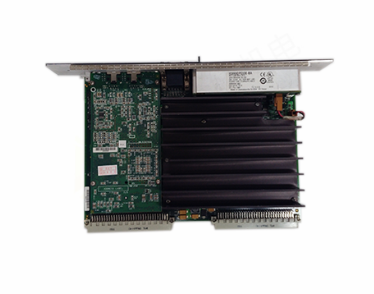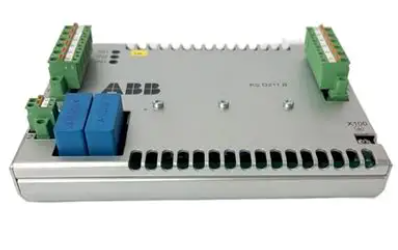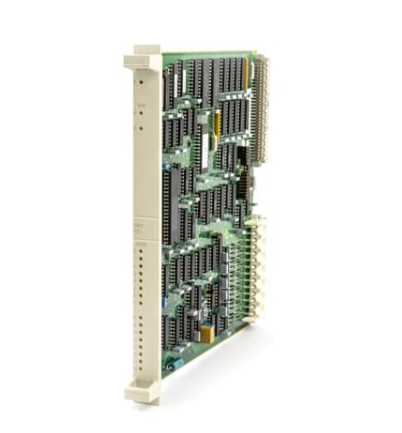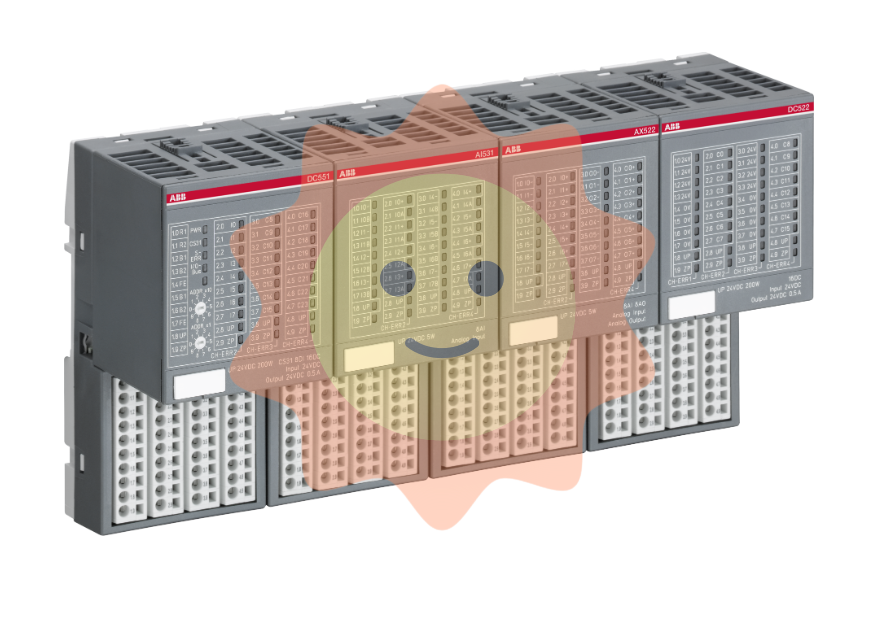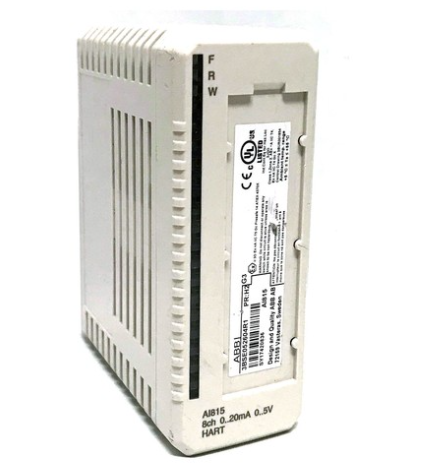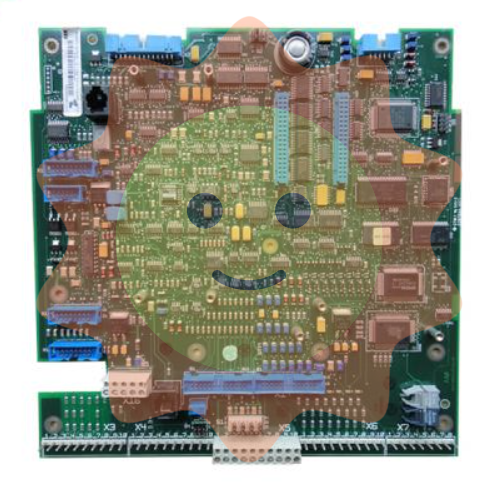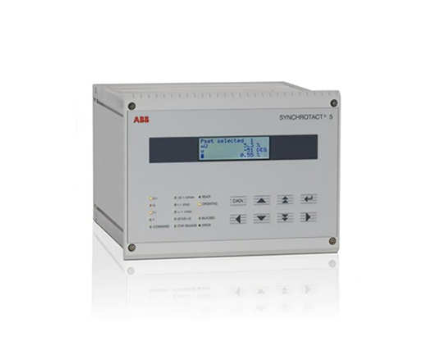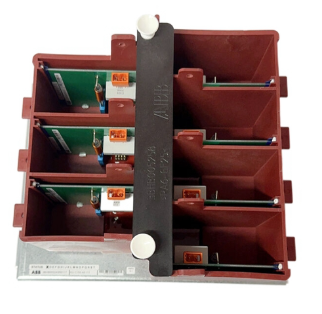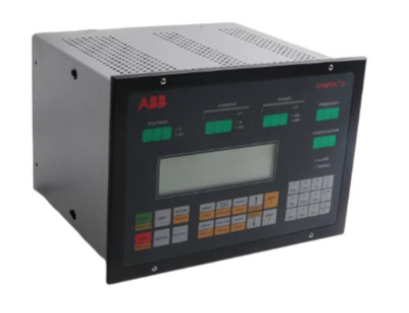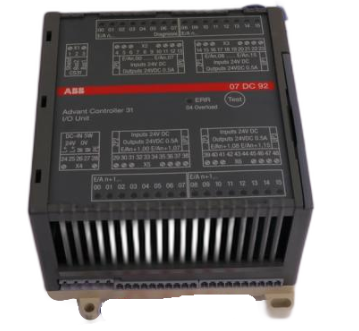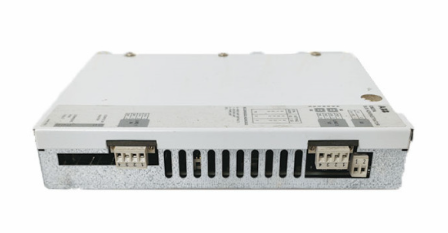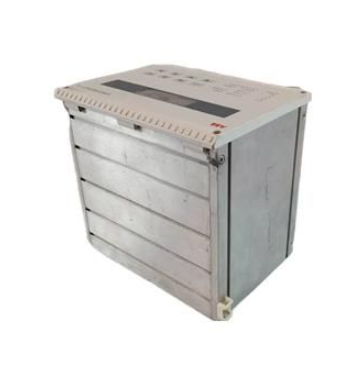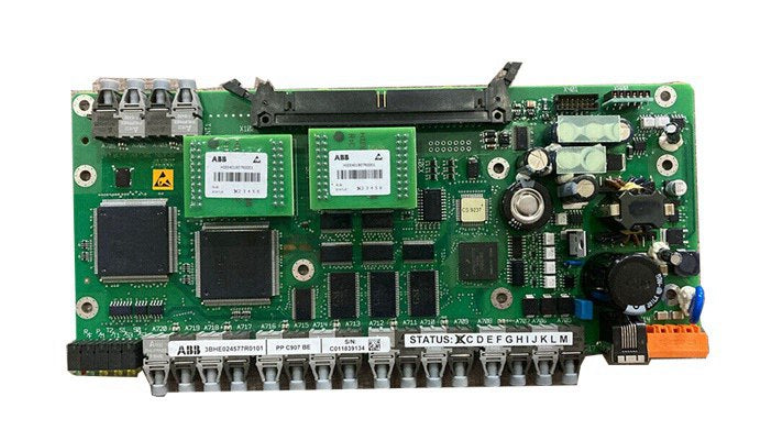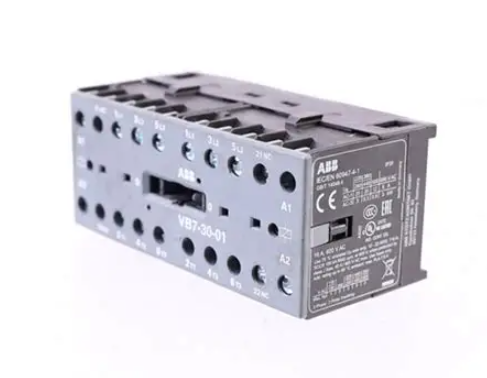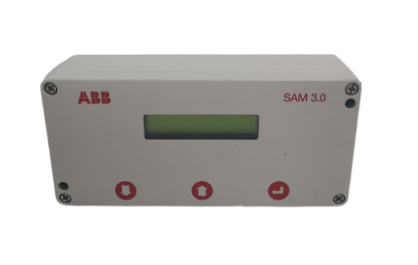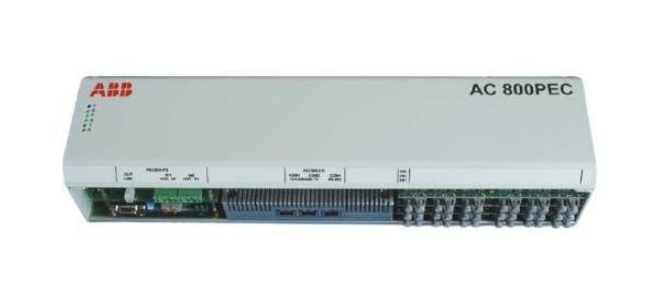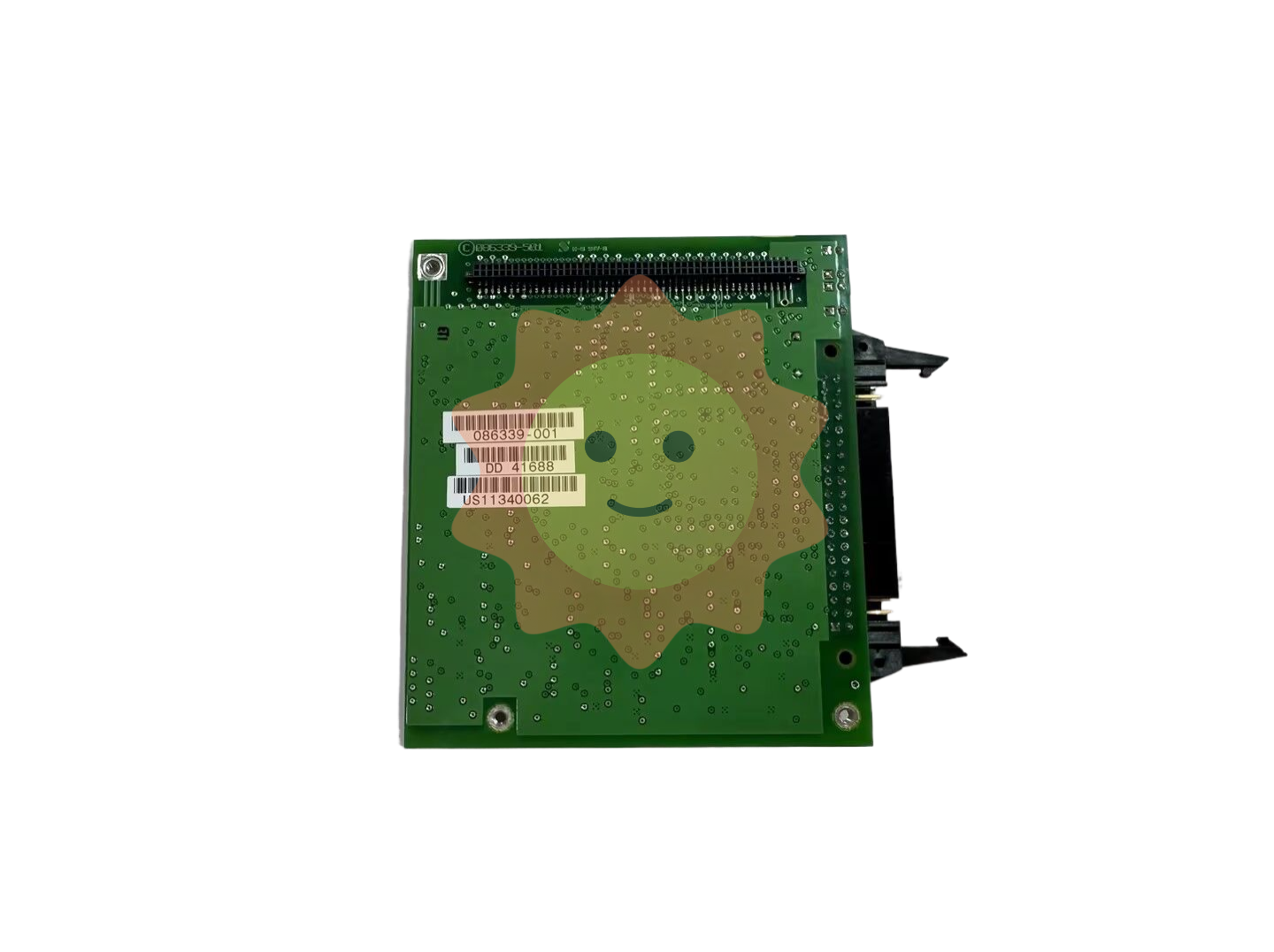WOODWARD Turbine Shutdown Trip Block Assemblies
WOODWARD Turbine Shutdown Trip Block Assemblies
Product Overview
The QuickTrip trip block component is carefully designed for steam, gas, and turbine shutdown systems, suitable for mechanical or generator driven turbines using low-pressure (5-25 bar/73-363 psi) hydraulic trip oil manifolds. Its core function is to quickly discharge the tripping oil main of the turbine, providing a solid guarantee for the safe shutdown of the turbine in emergency situations.

Model and Features
Represented by the 9907-1978 model, this component has a unique design and notable features.
Fault tolerant design: Three independent rotary valves are used, working together based on a 3-to-2 voting mechanism. This design ensures that in the event of any component failure, such as valve actuators, valves, circuits, or connectors, it will not cause false tripping, greatly improving the reliability of the system and fully complying with the API-670 industry standard. For example, in a complex industrial environment, a valve driver may experience a brief malfunction due to electrical interference, but due to the 3-to-2 voting mechanism, the system can still accurately determine and operate normally without causing unnecessary downtime, ensuring the continuity of production.
Corrosion resistant and self-cleaning design: The components are made of corrosion-resistant materials, with a rotating chip shear force of 25 lbf and a self-cleaning port design. This enables it to operate stably in harsh conditions with dirty or contaminated oil, especially suitable for steam turbine applications. During the operation of steam turbines, their lubricating oil is usually used to drive hydraulic turbine control valve actuators, and the oil system of steam turbines often mixes with dirt, metal shavings, water, and other pollutants such as Babbitt metal, ammonia, etc. In addition, due to the high operating temperature of the steam turbine, the turbine oil is prone to decomposition, producing sludge like substances, resulting in varnishing of internal system components. The 9907-1978 model trip block component, with its special design, can effectively address these issues and ensure the normal operation of the system.
Online maintenance function: This component supports online maintenance. When the turbine is in online operation, users can replace key components such as electrical modules, solenoid valves, circuits, drivers, etc. This feature greatly improves the maintainability of the system and reduces downtime caused by equipment maintenance. For example, during peak production periods, if a certain solenoid valve malfunctions, it can be replaced online without stopping the machine, avoiding the impact of downtime maintenance on production progress.
Technical parameters
Working voltage: 24 VDC, stable low voltage power supply, suitable for various electrical system environments, ensuring the stable operation of component control circuits.
Maximum supply pressure: 500 psi, capable of withstanding high pressure hydraulic oil input, meeting the demand for discharge pressure of the trip oil main pipe under different operating conditions.
Applicable oil types: Mineral oil, synthetic oil, or Fyrquel EHC base oil can be used, with a wide range of oil adaptability and compatibility with different types of turbine oil systems.
Operating temperature range: -40 to+85 ° C (-40 to+185 ° F), can operate normally in extreme environmental temperatures, ensuring stable performance whether in cold outdoor environments or high-temperature industrial plants.
Operating oil temperature range:+15 to+70 ° C (+59 to+158 ° F). There are clear requirements for the oil temperature during operation to ensure that the hydraulic components inside the components can work normally within the appropriate oil temperature range, avoiding the impact of high or low oil temperature on component performance.
Diagnostic testing
Given the adoption of a 3-to-2 configuration, diagnostic testing can be conducted while QuickTrip is online and the turbine is running. The testing program will set the tripping output of the tested module to a tripping state (configured as a power-off state for power-off tripping), and only test one module at a time.
Users can automate the testing process by using the built-in "Automatic Sequence Testing" feature in ProTech TPS, or by leveraging ProTech's programmability and test mode configuration. During the testing process, it is necessary to verify whether there is a running alarm (failure to power on and enter the running state), and to verify the trip time of each module by checking the trip cycle time log. This log will display the last 20 trip events, as well as the time interval from the control signal dropping to the QuickTrip valve rotating to the open position and the trip position sensor sending a trip signal to ProTech. Under normal circumstances, this trip time should be less than 50 ms. If the QuickTrip module (valve) malfunctions upon receiving a command to rotate to open or close, or if the trip time exceeds 50 ms, timely maintenance and troubleshooting are required to ensure the normal operation of the components and the safety of the turbine.
- EMERSON
- Honeywell
- CTI
- Rolls-Royce
- General Electric
- Woodward
- Yaskawa
- xYCOM
- Motorola
- Siemens
- Rockwell
- ABB
- B&R
- HIMA
- Construction site
- electricity
- Automobile market
- PLC
- DCS
- Motor drivers
- VSD
- Implications
- cement
- CO2
- CEM
- methane
- Artificial intelligence
- Titanic
- Solar energy
- Hydrogen fuel cell
- Hydrogen and fuel cells
- Hydrogen and oxygen fuel cells
- tyre
- Chemical fiber
- dynamo
- corpuscle
- Pulp and paper
- printing
- fossil
- FANUC
- Food and beverage
- Life science
- Sewage treatment
- Personal care
- electricity
- boats
- infrastructure
- Automobile industry
- metallurgy
- Nuclear power generation
- Geothermal power generation
- Water and wastewater
- Infrastructure construction
- Mine hazard
- steel
- papermaking
- Natural gas industry
- Infrastructure construction
- Power and energy
- Rubber and plastic
- Renewable energy
- pharmacy
- mining
- Plastic industry
- Schneider
- Kongsberg
- NI
- Wind energy
- International petroleum
- International new energy network
- gas
- WATLOW
- ProSoft
- SEW
- wind
- ADVANCED
- Reliance
- YOKOGAWA
- TRICONEX
- FOXBORO
- METSO
- MAN
- Advantest
- ADVANCED
- ALSTOM
- Control Wave
- AB
- AMAT
- STUDER
- KONGSBERG
- MOTOROLA
- DANAHER MOTION
- Bently
- Galil
- EATON
- MOLEX
- Triconex
- DEIF
- B&W
- ZYGO
- Aerotech
- DANFOSS
- KOLLMORGEN
- Beijer
- Endress+Hauser
- MOOG
- KB
- Moxa
- Rexroth


Email:wang@kongjiangauto.com

